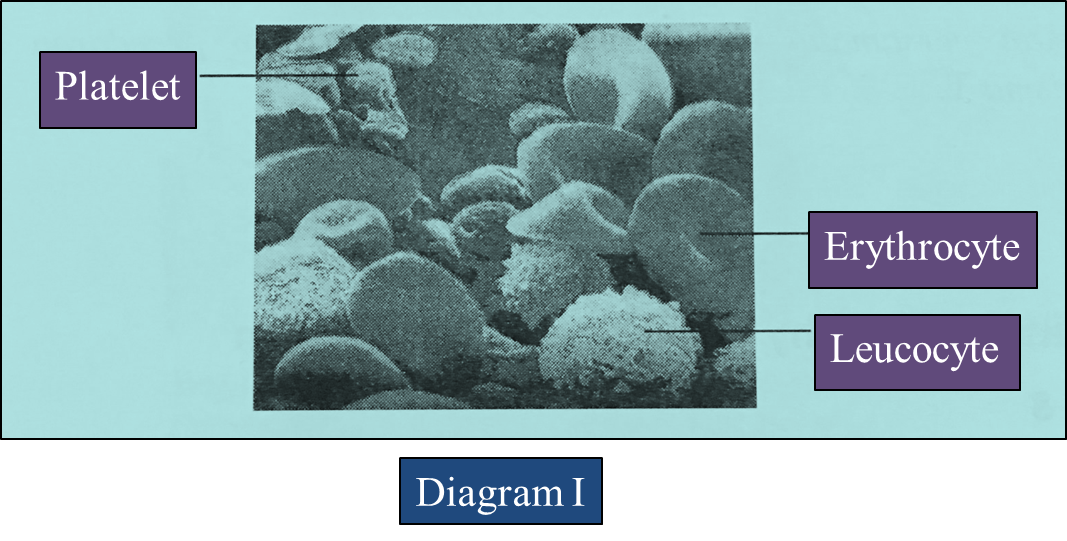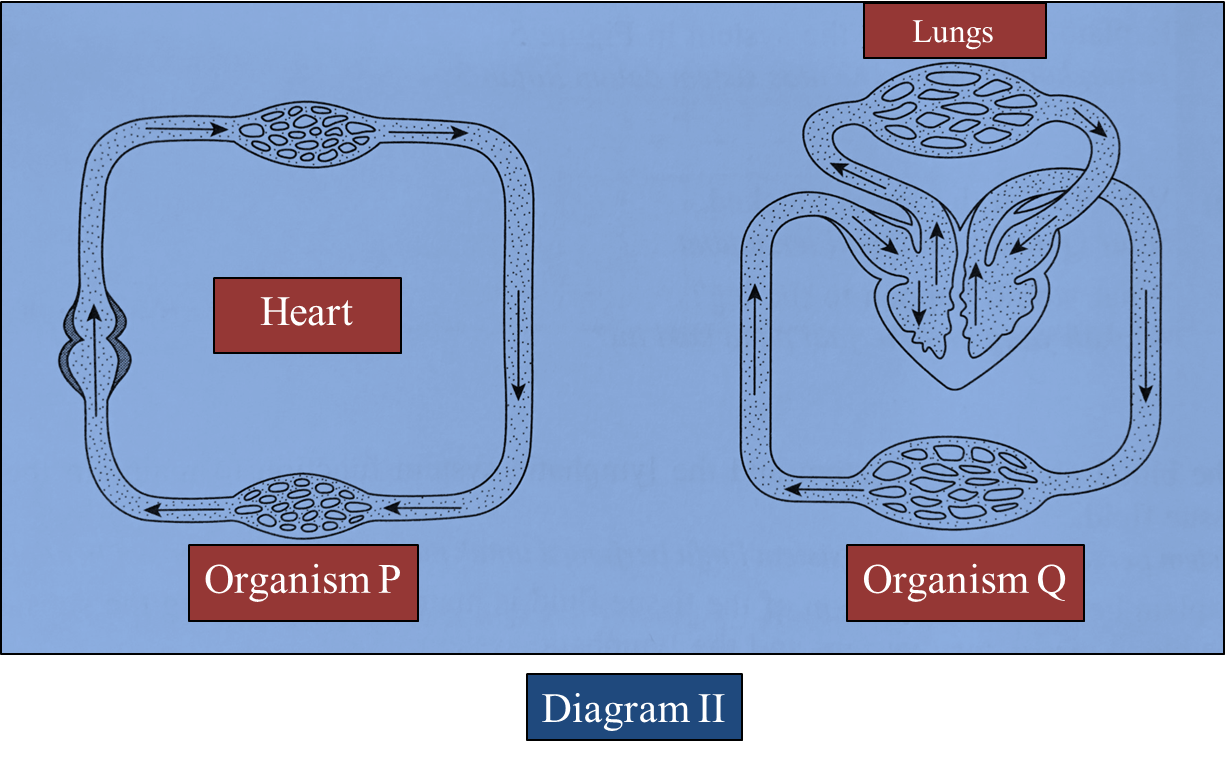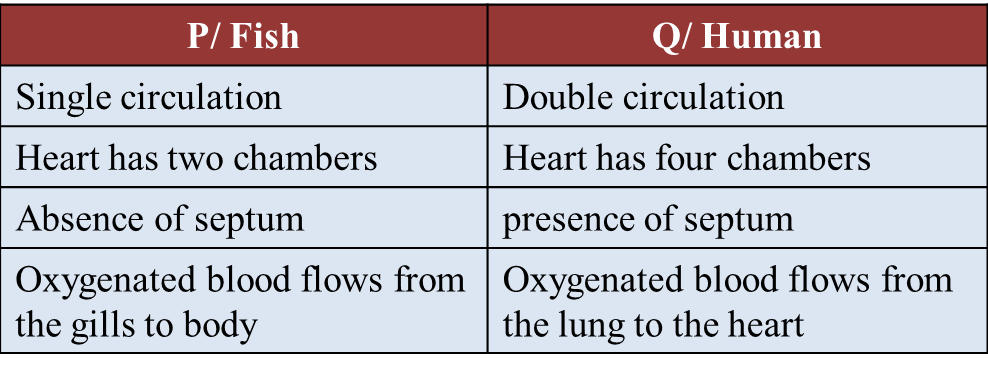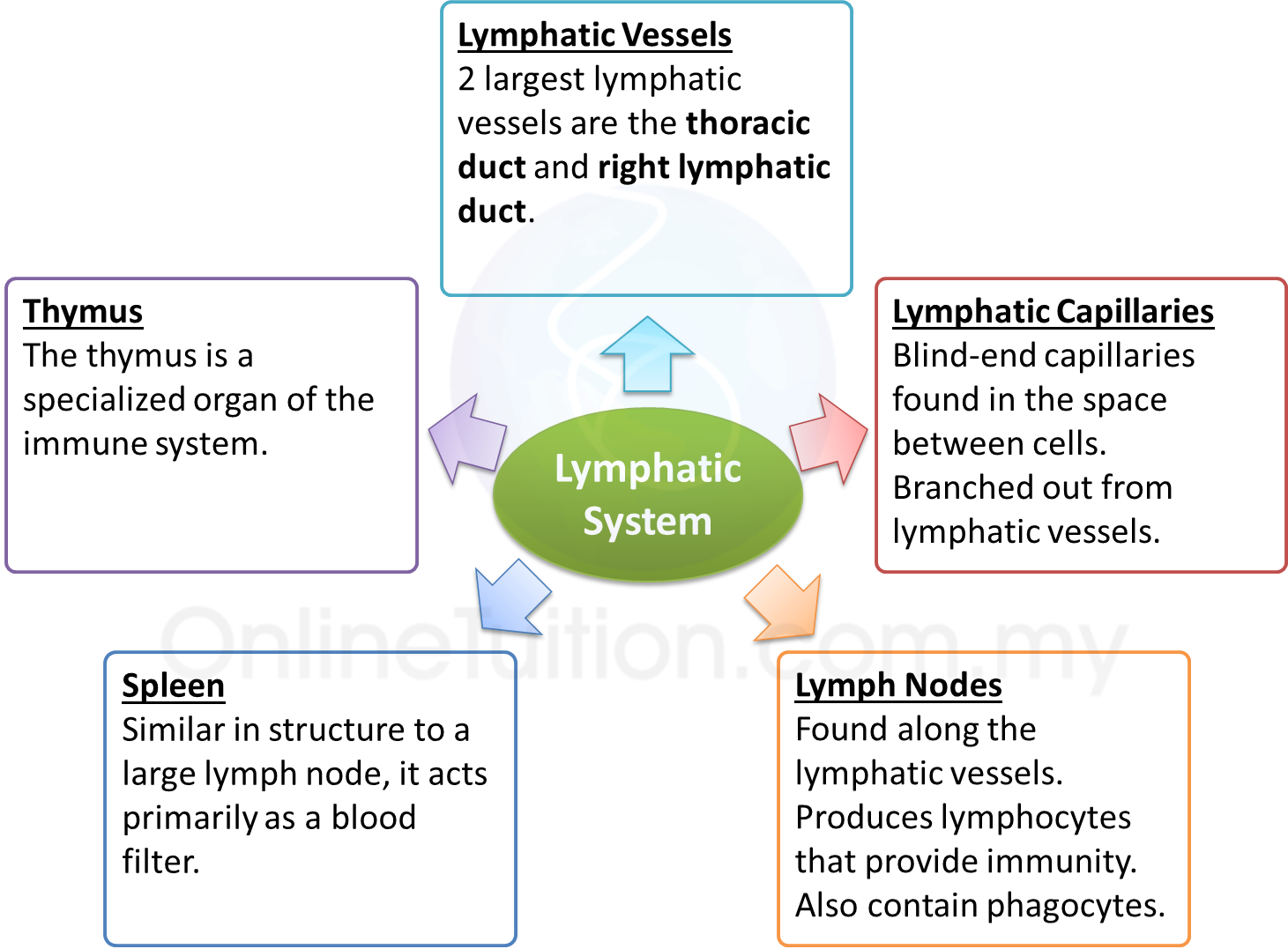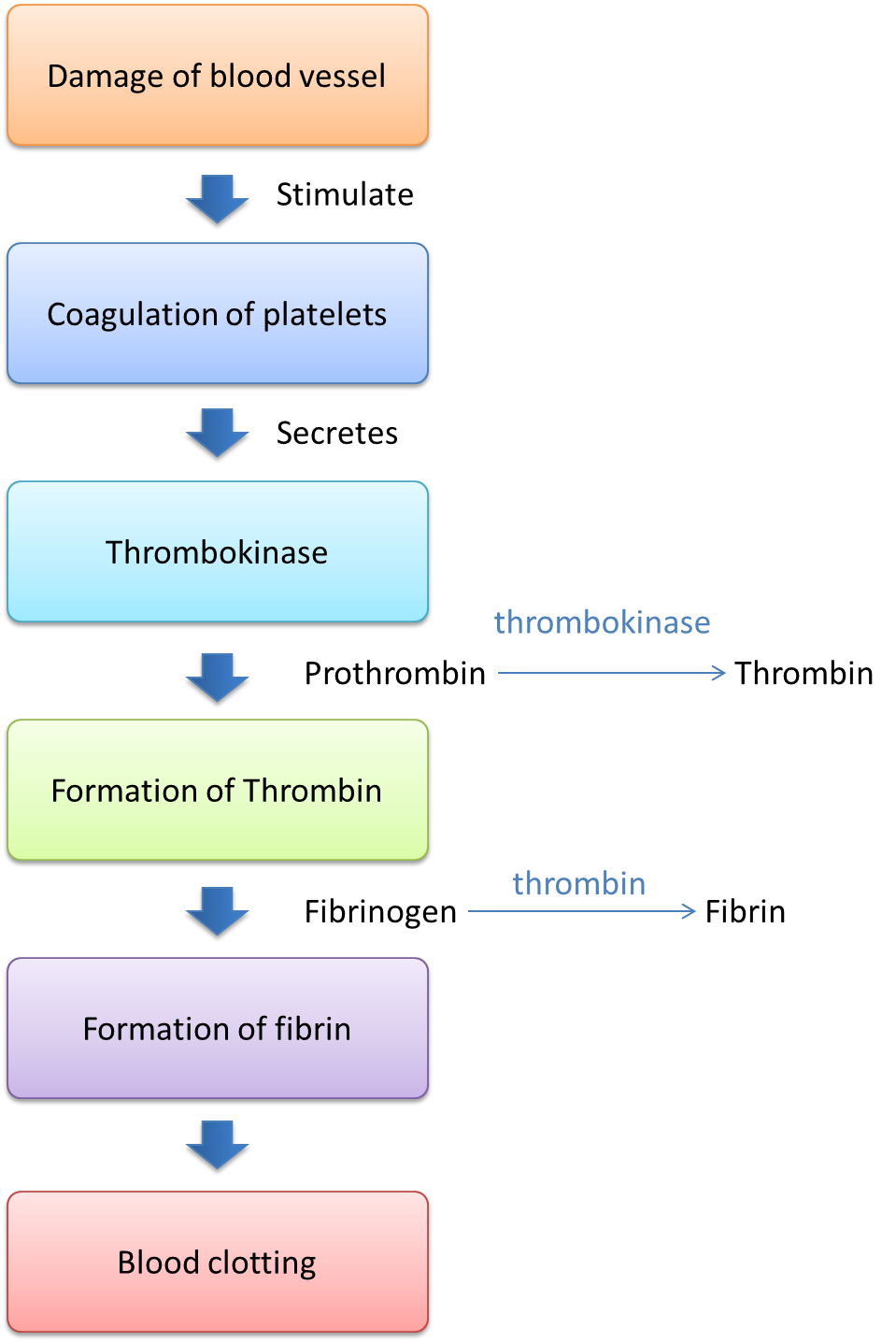1.3 SPM Praktis (Soalan Pendek)
Soalan 1:
Bundarkan setiap nombor yang berikut betul kepada bilangan angka bererti yang ditunjukkan dalam kurungan, [ ].
(a)
80616 [3]
(b)
60932 [3]
(c)
0.4783 [2]
(d)
3.047 [3]
(e)
0.00567 [2]
(f)
0.05086 [3]
Penyelesaian:
(a)
80600
(b)
60900
(c)
0.48
(d)
3.05
(e)
0.0057
(f)
0.0509
Soalan 2:
Ungkapkan setiap yang berikut sebagai satu nombor tunggal.
(a) 8.565 × 10-5
(b) 1.304 × 105
(c) 6.754 × 10-6
(d) 1.0352 × 104
Penyelesaian:
(a)
0.00008565
(b)
130400
(c)
0.000006754
(d)
10352
Soalan 3:
Ungkapkan setiap nombor yang berikut dalam bentuk piawai.
(a)
376510
(b)
47865400
(c)
0.000507
(d)
0.00006408
Penyelesaian:
(a) 3.7651 × 105
(b) 4.78654 × 107
(c) 5.07 × 10-4
(d) 6.408 × 10-5
Soalan 4:
1.3 × 1015 + 3.2 × 1014
Penyelesaian:
1.3 × 1015 + 3.2 × 1014
= 1.3 × 1015 + 0.32 × 1015
= (1.3 + 0. 32) × 1015
= 1.62 × 1015
Soalan 5:
0.0000036 – 2.1 × 10-7
Penyelesaian:
0.0000036 – 2.1 × 10-7
= 3.6 × 10-6 – 2.1 × 10-7
= 3.6 × 10-6 – 0.21 × 10-6
= (3.6 - 0.21) × 10-6
= 3.39 × 10-6

